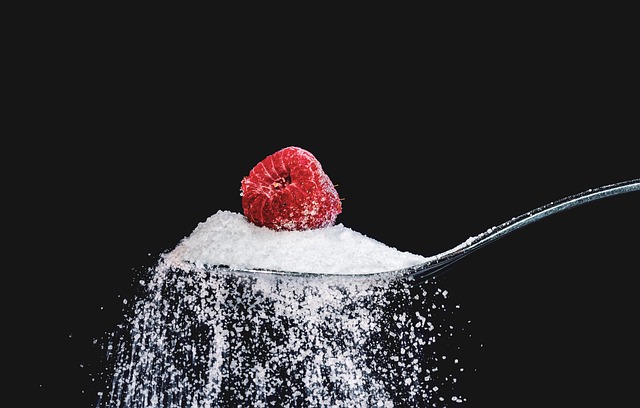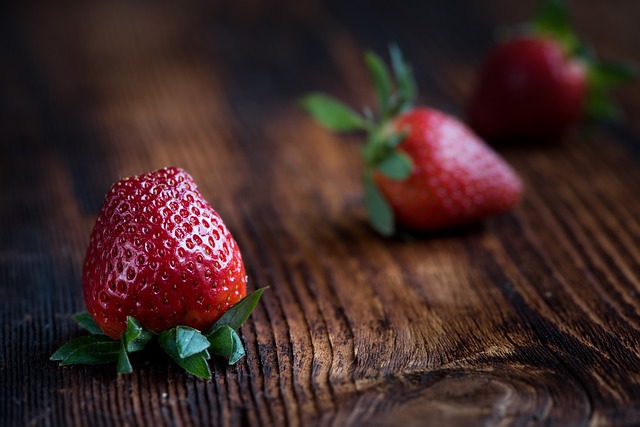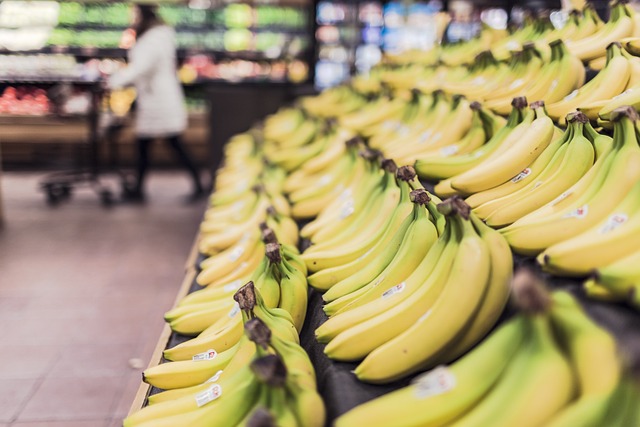Beyond Yogurt: Unconventional Ways to Incorporate Probiotics into Your Diet
Probiotics have gained immense popularity in recent years due to their numerous health benefits. While yogurt and fermented foods are commonly associated with probiotics, there are many other unconventional ways to incorporate these beneficial microorganisms into your diet. In this article, we will explore some creative and delicious ways to boost your probiotic intake beyond traditional sources.
1. Kombucha
Kombucha is a fermented tea that is rich in probiotics. It is made by fermenting sweetened tea with the help of a SCOBY (symbiotic culture of bacteria and yeast). This results in a tangy, effervescent beverage that not only tastes great but also provides a good dose of beneficial bacteria.
2. Kimchi
Kimchi, a traditional Korean dish, is made by fermenting vegetables such as cabbage with a variety of seasonings. The fermentation process creates a tangy and spicy flavor, while also increasing the abundance of probiotics. Incorporating kimchi into your meals can add a burst of flavor while delivering a healthy dose of beneficial bacteria to your gut.
3. Sauerkraut
Sauerkraut is another fermented cabbage dish that originates from Germany. It is made by finely shredding cabbage and fermenting it with salt. The fermentation process enhances the nutritional value of cabbage and introduces probiotics to your diet. Sauerkraut can be enjoyed as a topping for sandwiches or as a side dish to add a zesty kick to your meals.
4. Miso
Miso is a traditional Japanese seasoning made by fermenting soybeans with salt and koji (a type of fungus). This results in a flavorful paste that is commonly used in soups, marinades, and dressings. Miso not only adds a savory umami taste to your dishes but also provides a good source of probiotics.
5. Tempeh
Tempeh is a meat substitute made from fermented soybeans. Unlike tofu, which is made from coagulated soy milk, tempeh is produced through a natural fermentation process. This fermentation enhances digestibility and increases the bioavailability of nutrients, including probiotics. Tempeh can be used in various recipes, such as stir-fries, salads, and sandwiches.
6. Pickles
Pickles, particularly those made through natural fermentation, are a great way to introduce probiotics into your diet. Fermented pickles are made by soaking cucumbers in a brine solution, allowing the naturally occurring bacteria to transform them into tangy, crunchy delights. Choose pickles that are refrigerated and labeled as “fermented” or “probiotic” for maximum benefit.
7. Kefir
Kefir is a fermented milk drink that is similar to yogurt, but with a thinner consistency and a slightly tangier taste. It is made by adding kefir grains (a combination of bacteria and yeast) to milk and allowing it to ferment. Kefir is a fantastic source of probiotics and can be enjoyed on its own or added to smoothies for a creamy and nutritious boost.
8. Kvass
Kvass is a traditional Eastern European fermented beverage made from rye bread or beets. It offers a unique flavor profile and provides a range of beneficial bacteria. Incorporating kvass into your diet can be a tasty and creative way to increase your probiotic intake.
Conclusion
While yogurt is a well-known source of probiotics, there are many other unconventional and tasty ways to incorporate these beneficial microorganisms into your diet. From kombucha to kimchi and miso to tempeh, the options are diverse and exciting. Experiment with these unconventional probiotic-rich foods and enjoy the immense health benefits they offer for your digestive and immune systems.







